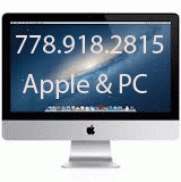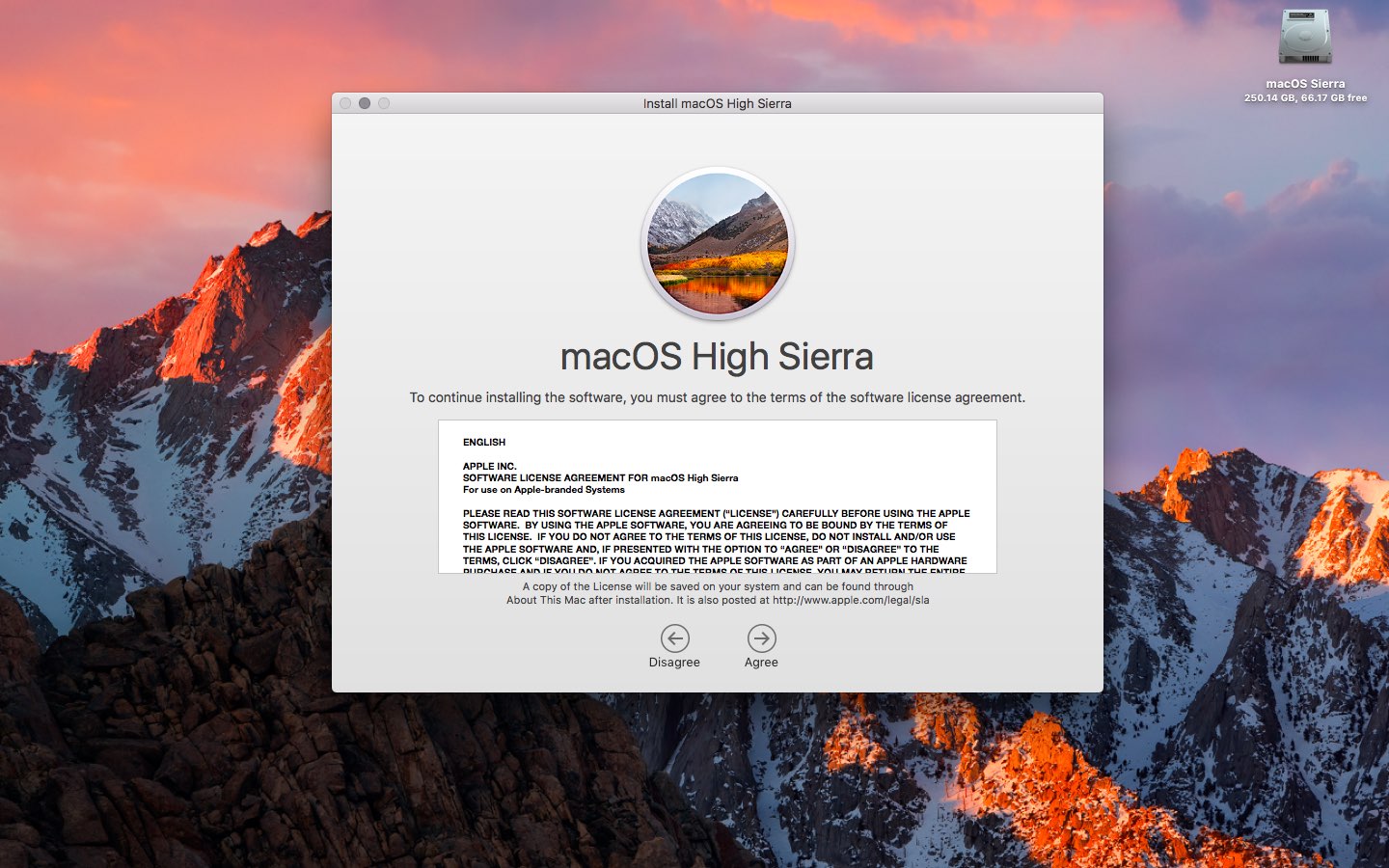
- #How to clean install mac os sierra on ssd install#
- #How to clean install mac os sierra on ssd full#
- #How to clean install mac os sierra on ssd download#
#How to clean install mac os sierra on ssd download#
This will download the installer to your Mac’s ‘Applications’ folder. Even though we no longer pay for macOS updates, they’re still located within the ‘Purchases’ tab.įind the version of macOS that you want to install, and then click its accompanying ‘Install’ button. Assuming that you previously downloaded this version of macOS from the App Store, you can easily re-download the necessary files: If your Mac is refusing to boot into Internet Recovery, then your only option is to create a bootable installer from a flash drive.įirst, you’ll need an installer for the version of macOS that you want to restore.
#How to clean install mac os sierra on ssd install#

This may take a while.” Eventually, this will be replaced by a progress bar and, finally, the standard macOS Utilities window.


#How to clean install mac os sierra on ssd full#
Don’t forget your Time Machine backup!īefore you start, you should create a full Time Machine backup, so you can restore all of your files, folders and apps once you’ve installed a fresh copy of macOS. If resetting the PRAM doesn’t work, then there’s several ways that you can reinstall a fresh copy of macOS, without a Recovery partition.

Once your Mac has booted, try re-running the ‘diskutil list’ Terminal command, to see whether this has resolved your issue. To reset the PRAM, restart your Mac while holding down the ‘Command+Option+P+R’ keys until you hear macOS’ distinctive startup chimes for a second time. If your Mac is missing a Recovery partition, then you may be able to restore it, by resetting your PRAM. If this list doesn’t contain either Apple_Boot Recovery HD or APFS Volume Recovery, then it means your Mac doesn’t have a recovery partition. The Terminal will now display a list of all your drives and partitions. Press the “Enter” key on your keyboard.Copy/paste the following into the Terminal:.Navigate to “Applications > Utilities” and then launch the Terminal app.You can perform this check, using the Terminal application: The first step, is to verify that your Mac is definitely lacking a Recovery partition. Are your really missing a Recovery partition?


 0 kommentar(er)
0 kommentar(er)
